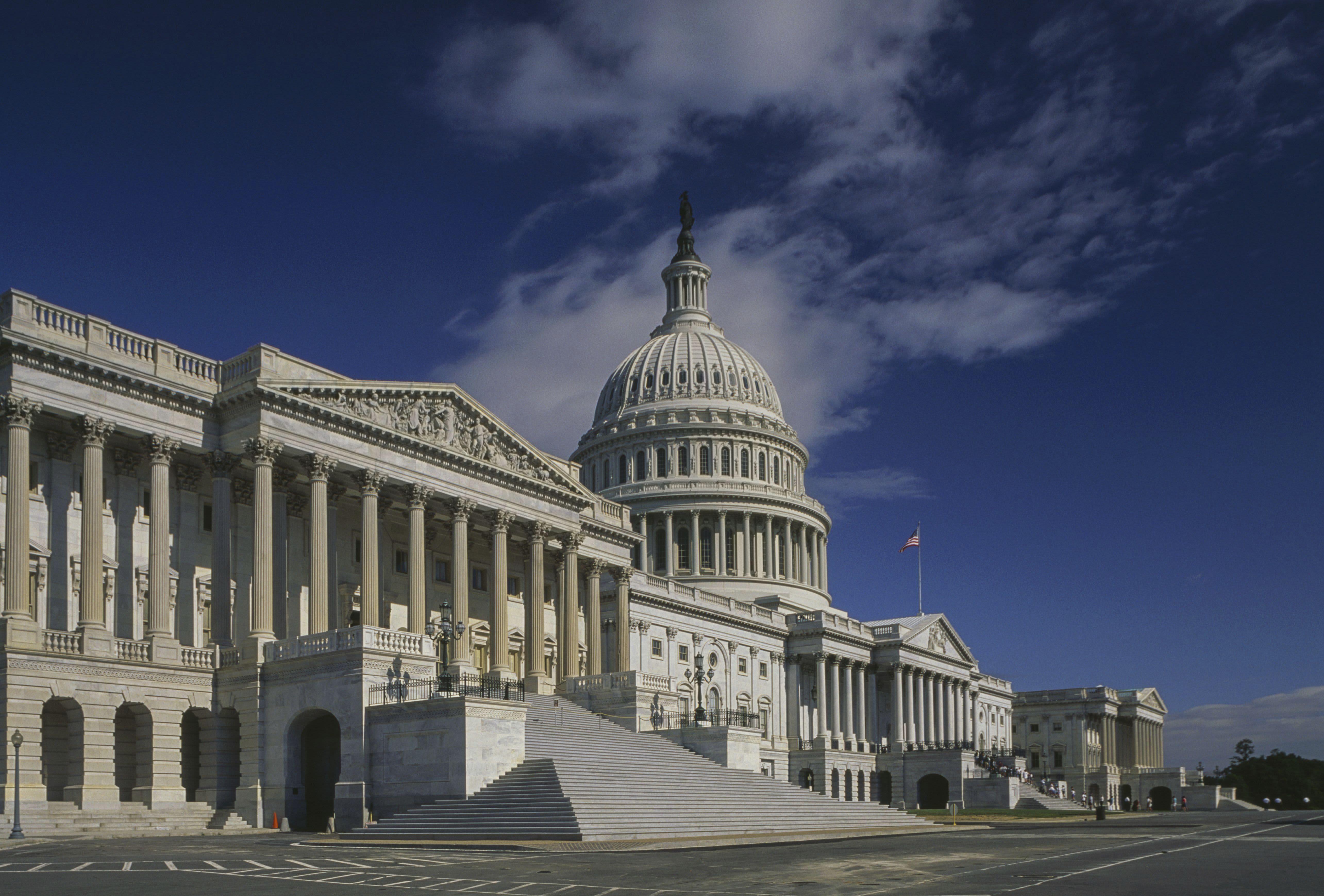DEA / M. BORCHI | De Agostini | Getty Images
Unemployment benefits aren’t reaching most jobless Americans — suggesting that lawmakers who wish to target aid to the unemployed would likely need to use stimulus checks or other relief measures.
At most, 30% of jobless individuals are currently being reached by the unemployment system, according to an analysis published Monday by Eliza Forsythe, a labor economist the University of Illinois.
Put another way: Almost 3 of every 4 out-of-work Americans aren’t receiving aid. That equates to roughly 8 million people, per Forsythe’s estimates.
The finding comes as Washington weighs the contours of a third stimulus package. Democrats in the House and Senate voted Tuesday to advance a budget measure that would allow them to issue $1.9 trillion in additional aid — including more stimulus checks — without Republican votes.
Many Republicans have questioned the need for another round of pandemic relief. Congress passed a $900 billion measure in December, which enhanced jobless benefits and offered $600 checks per person.
But stimulus checks may be essential for the unemployed workers who aren’t tapping jobless benefits, Forsythe said.
More from Personal Finance:
Why the GameStop frenzy may hurt retirees along with hedge funds
Got vaccinated? Here’s why you may want to keep that to yourself
Republicans push for $1,000 stimulus checks
They’re not getting aid through any unemployment program, including temporary federal programs created in the spring to catch workers who’d otherwise fall through cracks in the safety net.
“This indicates that the current [unemployment insurance] system is not up to the task of targeting relief to the unemployed,” Forsythe wrote. “If the federal government is interested in providing relief to the unemployed, universal checks are likely the best way to provide support to the 70% who are outside of the UI system.”
Roughly 24% of unemployed individuals have received benefits in the last two weeks, according to her analysis. Another 4% or so have either been approved for benefits and haven’t received payment, or applied but haven’t yet been approved.
Other studies, published before the pandemic, have also shown relatively low levels of receipt, especially in some southern states.
The share of unemployed workers who collect jobless benefits had fallen to about 28% pre-pandemic, from 44% in 1980, according to economists at the W.E. Upjohn Institute for Employment Research and National Academy of Social Insurance.
Stimulus proposals
President Joe Biden walks to the White House upon exiting Marine One on Jan. 29, 2021.
Drew Angerer | Getty Images News | Getty Images
President Joe Biden proposed a $1.9 trillion rescue measure last month. It would raise and extend unemployment benefits, and offer $1,400 stimulus checks per person.
A group of 10 GOP lawmakers want to pare back a third round of stimulus checks to $1,000 a person. Some lawmakers from both parties have called for lower income thresholds to qualify for checks.
Some have questioned whether stimulus checks are the best use of taxpayer funds for pandemic relief, especially if those with jobs can also qualify.
“The states’ unemployment insurance systems are better designed and equipped to get the appropriate aid to those who have lost a job,” analysts at the conservative Heritage Foundation wrote in December. “Those systems can also be adapted to adjust to conditions on the ground, which vary significantly across the U.S.”
8 million people
The reasons why so many people aren’t receiving jobless aid isn’t entirely clear, Forsythe said.
Many may be ineligible for benefits and others may believe they don’t qualify (sometimes wrongly) and therefore don’t apply, she said. Current data doesn’t show the precise scale of either, however.
And there’s one confusing point in the economic data: The number of Americans who qualify for unemployment benefits differs from the government’s official tally of unemployed workers. This dynamic was on display in the spring. In May, the share of people getting jobless benefits exceeded the share of unemployed workers, for the first time in history.
That’s because federal officials define someone as unemployed if they are actively looking for work or on temporary layoff (furloughed). However, some falling outside these categories may be eligible for unemployment benefits — for example, someone who didn’t lose a job but had hours cut significantly.
Nearly 11 million people were counted as officially unemployed in December, according to the Bureau of Labor Statistics. Around 8 million of them aren’t getting unemployment benefits, according to Forsythe’s estimates.
There are several reasons a person might not qualify for unemployment assistance, Forsythe said. For example, the unemployment system is designed to offer income support to those who lost a job. But recent college graduates or other new labor-market entrants likely aren’t eligible, even via expanded federal programs, she said.
And while states suspended work requirements early in the pandemic, many have re-imposed them. In those areas, workers who choose to remain out of the labor force due to Covid health concerns or other reasons like child-care duties may not be getting aid, for example.
“Just beefing up the [unemployment insurance] system won’t reach those people,” Forsythe said of the 70%.
